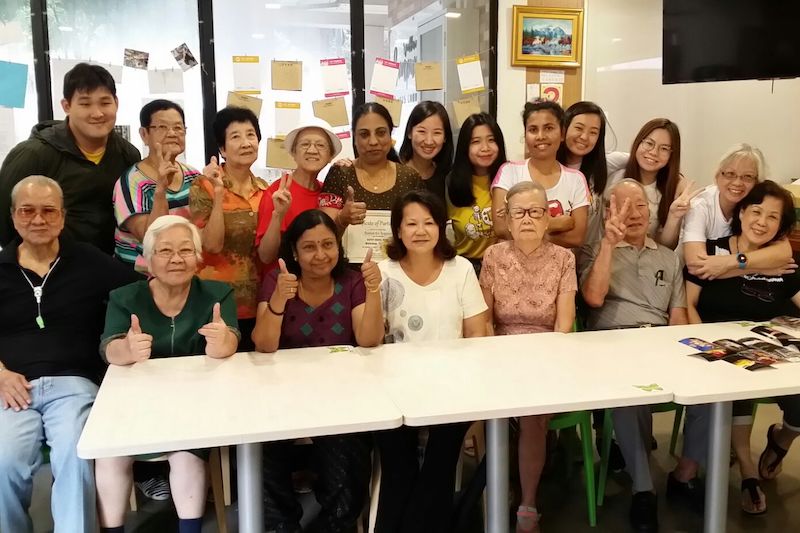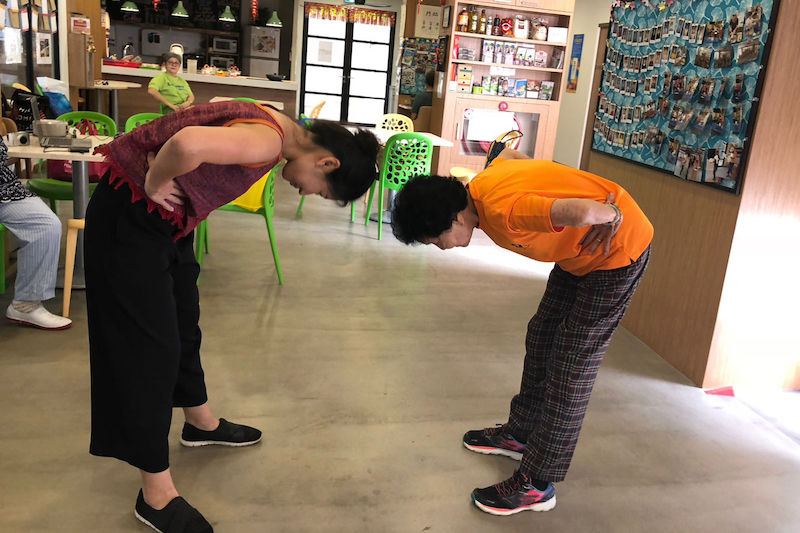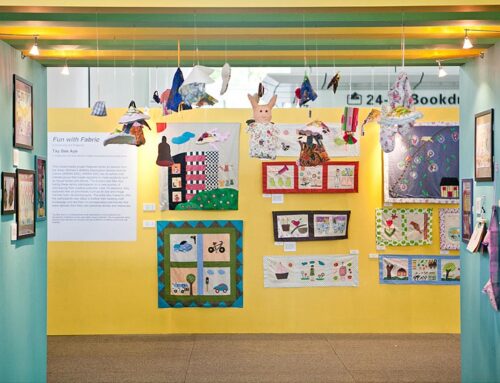Library / Field Studies
An Interview with Alecia Neo: Exploring Community Development from an Artist’s Perspective
Library / Field Studies
An Interview with Alecia Neo: Exploring Community Development from an Artist’s Perspective
Alecia Neo, artist of many hats, allowed us the great pleasure of interviewing her about community development. She primarily works with participatory workshops, photography and video, but also collaborates with ArtsWok and Drama Box in Both Sides, Now as artist-facilitator. Her recent project, Between Earth and Sky, exhibited at group show Personally Speaking, is about the art of caregiving.
(Feature image: Between Earth and Sky: Workshop practice at Pink Gajah with Sharda Harrison. Alecia Neo is pictured second from right.)
What does community development mean to you?
For me, community development is really about relationships. Building genuine relationships between different people within a community, over time. It could be people living in the community space, people working there, or the different stakeholders within the area. All these people in the locale are ones who need to get actively involved and work together towards the community’s goals for any kind of long term community development to take place.
When would you define an artistic project which works with communities as community development?
Through social interaction and facilitative aspects, the project would engage participants to become actively aware of the issues that impact their community and inspired enough to become personally involved in what’s going on. It’s not just about them experiencing the spectacle of a performance, and after which the project is done. The project would need to involve sharing and exchange of skills, building networks of relationships and capacities of the community, so that the community can self-organise and make decisions together.
If it’s an approach whereby the artist observes and documents an issue important to a community to create awareness, that can probably be considered a socially engaged project. But in such cases, it might not necessarily lead to community development.
Do you have your own artistic projects that you could draw on to differentiate community development projects from other projects of yours?
The Both Sides, Now project has a very strong interest in community development. I would say that there was much desire to involve the seniors as equal partners in the project as much as possible. And to also identify and draw out untapped potentials and assets within a community, relationally and spatially. Not only do we want to engage the seniors, but also our partners like Yishun Health, as they are our collaborators and they’ll be carrying on the work that we’re doing in the future. So you can imagine the sheer amount of time and energy that went into getting everyone on the same page!
In Both Sides, Now, the artists each had our own personal engagement with a small group of seniors in Chong Pang, but once the work went out to the public, a larger conversation about ageing and preparing for death happened among the community. After attending some of the art workshops and attending the outdoor performances such as Drama Box’s forum theatre piece, Exit, some participants and members of the public became interested in learning more about Advanced Care Planning (ACP) and requested for such services from our local partners.

Kindling, a site-specific installation led by Alecia Neo at Chong Pang.
All the performances and outreach via conversations in the neighbourhood that we organised were crucial. Because if audiences just encountered the artworks in the void deck, some would be able to take something meaningful away with them, but in some other cases, the intentions of the project could be misunderstood. The spectrum of responses from the public during our Chong Pang site-specific exhibition taught us a lot about sharing space with a community. As a collaborative group of artists and stakeholders, we also shared the core intention of encouraging openness and awareness about end-of-life issues. That’s why it was crucial to facilitate conversations during and/ or after the presentation of the performances and artworks for audiences to understand what processes these works came out of, and for the seniors to be personally involved in the sharing of their own artworks with the public.
I’m very excited that some of the seniors from Chong Pang came forward to tell us they are keen to go over to Telok Blangah with us [where the next iteration of Both Sides, Now is occurring], to share their experiences with the community there. It has become an exchange. Hearing that some of them want to be part of us and carry on this journey shows that there was some kind of impact, that the artistic process was meaningful enough for them to share it with somebody else.
We are currently working on some toolkits which the seniors and staff can use as guides and inspiration to run arts-based activities to engage others in their community. As artists, we cannot be there forever, so we need to make plans for our exit. It could be irresponsible to not manage that aspect, especially when we’re looking at community development or transformation.
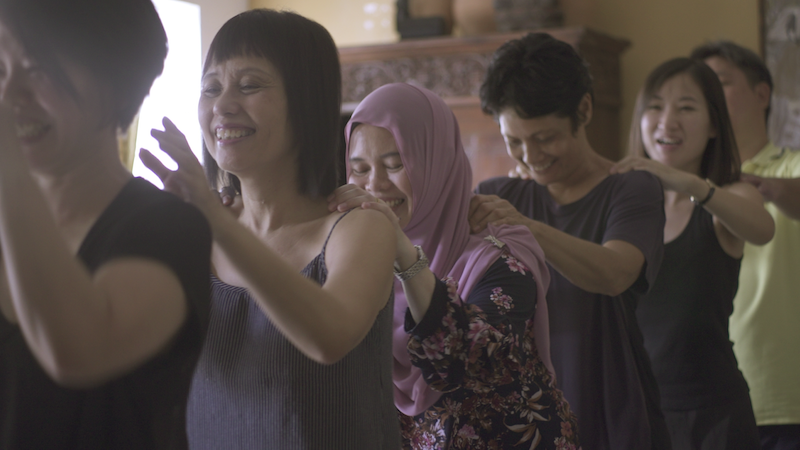
Workshop practice at Pink Gajah with Ajuntha Anwari.
Recently, I’ve worked with a group of caregivers who care for loved ones living with mental illnesses, with a non-profit organisation called the Caregiver’s Alliance (CAL) [for project Between Earth and Sky]. Caregivers often bear the financial, emotional and physical weight of caring for their loved ones over an extended period of time. The project explores the idea and potential of sharing this weight that caregivers carry. I invited a group of caregivers for a movement workshop led by mother-daughter pair, Sharda Harrison and Ajuntha Anwari [of Pink Gajah Theatre], during which the caregivers devised their own performances based on their caregiving journeys. These performances were filmed and it has become part of an installation that also features handmade kites. The kite is used as a symbol for both vulnerability and freedom. Shaped like shields, each of the 14 kites bears photographs of clothings from each of the caregivers and their loved ones, forming a collective body. Flying side by side, each kite represents the deep connection and intertwining realities of the two, caregivers and the realities of persons with mental illness.

Still from Frank M’s performance featured in Between Earth and Sky.
I’ve also organised an occasion whereby the kites were flown by the caregivers and members of the public were invited to share their weight in solidarity with caregivers. I’d like to do more work like this. There was something very special about seeing the kites flying in the sky.
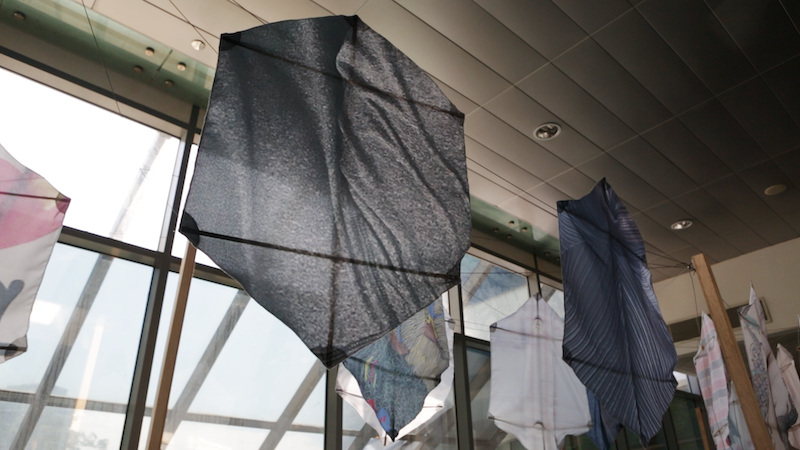
Kite installation during the Personally Speaking Exhibition, 2018.
The caregivers found that the process of participating in the movement workshops became a platform for them to release some of their stress and express their emotions. And some of them have commented that through it, they were able to see their stories from a third person’s point of view, and gain some insight from that new perspective.
It also helped CAL see that the arts could be an interesting and effective way to start difficult conversations with the wider public. I hope there will be more opportunities to explore the potential of art within this context in the future. Therefore, sometimes our role as artists is to also be catalysts. I don’t think I’ll be able to do the work that the caregivers are doing, but in my own way, with my own skillsets and ideas, perhaps we can start a spark. We can try to start with something small, and then who knows where that might go?
Artists sometimes respond to an inadequacy in society. I think that’s usually where my questions and ideas come from too. When I find a strong reason for doing something in a particular context, the project can then begin to grow.
“Artists sometimes respond to an inadequacy in society. I think that’s usually where my questions and ideas come from too. When I find a strong reason for doing something in a particular context, the project can then begin to grow.”
What is your personal take on art and community development , and the relationship between the two?
It’s a very important but difficult question. For me, the very special thing about art, which is important to keep, is its autonomy. When we work with community and do community development work, of course, we learn to respect the people that we work with: their voices and input are very important. But at the same time, I feel that there needs to be space for the artwork and art-making to breathe. While we need to respect all the different factors that come into play, there’s also that very special place for your creative voice, which needs to be nurtured.
It cannot become overwhelmed and encumbered by KPIs. Different agendas will come into play, we cannot escape that, regardless of hierarchy. This is not about maintaining artistic dominance, but about having ample room to develop a good process. To be genuinely respectful of the people you work with, while making space for art to breathe. When you work with any community, with people involved, there will inevitably be tensions or disagreements. But the magic of it is in how we negotiate these relationships and challenges. Even with the best intentions, there are times we may get it wrong too. It’s very much a learning process. And that is dependent on the skill and experience of the arts practitioner to be able to do it well.
Are there times when the artistic agenda is at odds with the partner’s agenda?
As artists, we’re able to do our work much better if there’s a really deep trust and commitment from both sides to work together. If that isn’t there, their agendas are fundamentally in conflict. It would be very difficult for the project initiated to have any deep impact without support from community leaders or important stakeholders, especially if the artist’s intent is to intervene in long-term systemic issues.
If artists and partners are not willing to come together to align their values and intentions and the practical aspects, with what the community wants, then I think that the project won’t have much legs, basically. Because very often, sustainability will be an issue in the future. Despite this, it would still be possible to develop innovative short-term projects or good relationships between the artist and the participants he or she is directly engaging with.
Finally, would you say that your own work is also inspired by the communities that you work with?
Very much so. I get a lot from being around people and the work cannot happen without them.
My process of engagement has always been quite personal, I enjoy having the time to work in small intimate groups over an extended period very much. My work with different communities informs my personal work as well. It is important for me to have my own space for my reflections.
All images courtesy of Alecia Neo
About Alecia Neo
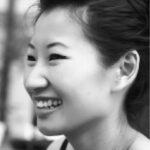
Working primarily with photography, video and participatory workshops, ALECIA NEO develops long-term projects involving a variety of individuals and collaborators, overlooked communities and their spaces. She is also Founder and Artist Lead of Brack, a trans-border arts platform for socially engaged artists, and Founder and Director of Unseen Art, a non-profit arts company that aims to evoke and harness the creative potential of people through the arts.
She was awarded the Young Artist Award in 2016, and has been commissioned by the Singapore Art Museum, Singapore International Foundation, the National Library Board (Singapore), the National Arts Council (Singapore) and the National Museum of Singapore for art projects. Her artworks have been exhibited in various international festivals and galleries such as Singapore Art Museum (Singapore), Valentine Willie Fine Art (Singapore), Singapore International Photography Festival, the International Orange Festival (China), University of Bangkok (Thailand), Cittadellarte (Italy) and Noordelicht International Photo Festival (The Netherlands).


